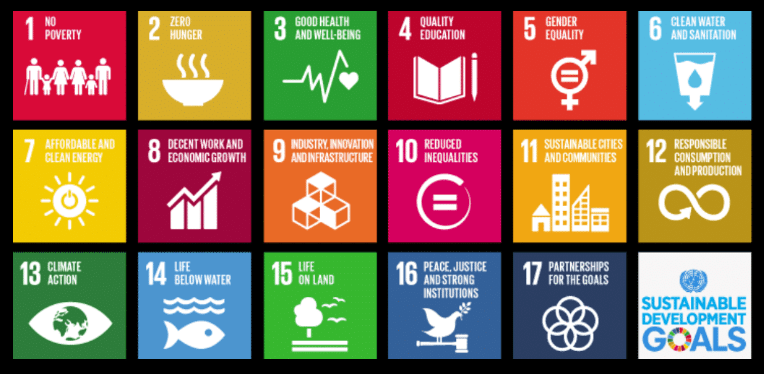The United Nations launched Creativity and Innovation Day and Creativity and Innovation Week in 2017 to celebrate the ways in which these concepts and behaviours impact everyday life globally. “There may be no universal understanding of creativity. The concept is open to interpretation from artistic expression to problem-solving in the context of economic, social and sustainable development. Therefore, the United Nations designated 21 April as World Creativity and Innovation Day to raise the awareness of the role of creativity and innovation in all aspects of human development.”
The UN sees creativity and innovation having a role to play in ending poverty, creating gender equality, climate action and sustainability, to name only a few.

Image courtesy of the United Nations World Creativity and Innovation Week website https://wciw.org/about-wciw/
On the surface many academics may not believe creativity has a great deal to do with their work, while innovation is sometimes, but not always their purpose. A deeper dive into these concepts shows that this is not true, as most of the major innovations of the last 500 years have happened through research and experimentation, both of which rely on creative thought and innovative purpose. Theodore Levitt said “Creativity is thinking up new things. Innovation is doing new things.” Contrary to some schools of thought, these two often go hand in hand. Thomas Edison was not the first person to invent the lightbulb, however after failed attempts with 10,000 different filament types, he was the first to produce a successful lightbulb that was affordable and efficient (compared to previous patented products).
The light bulb is just one example of inventions and theories produced through rigorous testing and research that has radically changed the way we live for the better. Vaccines, refrigeration, cars, the internet, the list goes on. So too does the list of things yet to be created in order to reduce the impacts of climate change.
CEAT works to facilitate projects that bring together experts from areas as divergent as synthetic biology, machine learning, and environmental studies along with agricultural producers and experts to address critical problems facing Australia’s agri-sector. This approach itself is in many ways innovative, taking, as Theodore Levitt suggested new techniques and approaches and applying them to existing issues. As an ANU Innovation Institute, CEAT’s primary objective is to harness the capability of world-leading researchers and infrastructure to develop solutions that will shape the future of agriculture. In order to succeed in this we need innovative research, government and industry partners who are prepared to think creatively when approaching the complex problems facing the agriculture sector. Innovation has come a long way from testing 10,000 different light bulb filaments, but if Thomas Edison still has one lesson for modern pioneers it is that perseverance, along with creativity is key to innovation.
